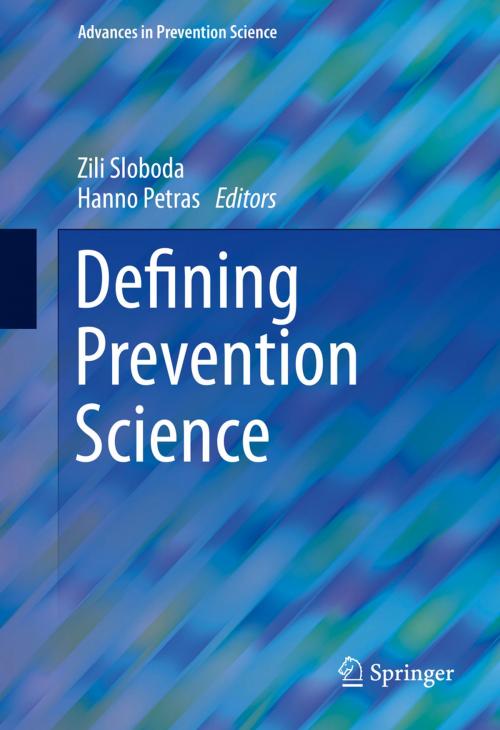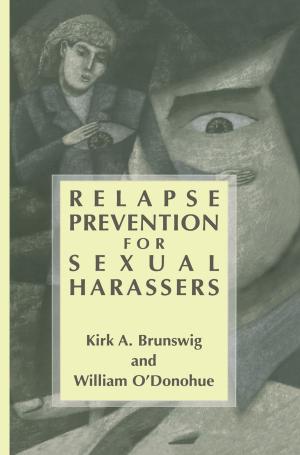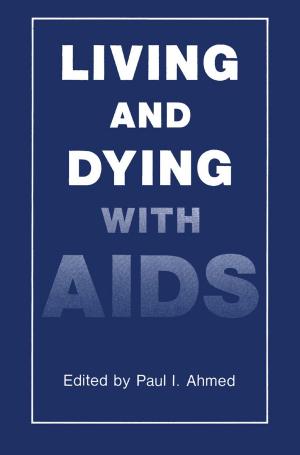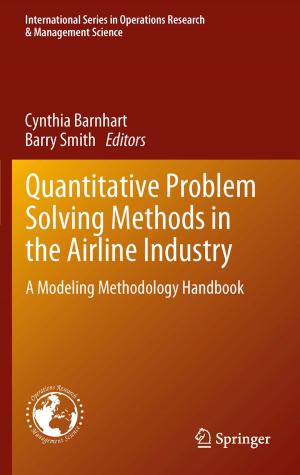Defining Prevention Science
Nonfiction, Health & Well Being, Medical, Specialties, Preventive Medicine, Ailments & Diseases, Infectious Diseases, Epidemiology| Author: | ISBN: | 9781489974242 | |
| Publisher: | Springer US | Publication: | July 8, 2014 |
| Imprint: | Springer | Language: | English |
| Author: | |
| ISBN: | 9781489974242 |
| Publisher: | Springer US |
| Publication: | July 8, 2014 |
| Imprint: | Springer |
| Language: | English |
Whoever coined the adage "an ounce of prevention is worth a pound of cure" could not have known how important this adage would become. The challenge of altering the health trajectories of poor lifestyle decisions for such behaviors as smoking, drinking and using illicit drugs, violence, dropping out of school, engagement in risky sexual behaviors and crime through prevention research has led to a new discipline, prevention science.
Defining Prevention Science covers this emerging field of science: its goals, its conceptual and theoretical foundations, its methods and especially its utility. Not content to simply differentiate the field from its close allies: epidemiology, psychology, neuroscience, sociology, economics, the text explains how these many disciplines enhance each other at both research and intervention levels and how prevention science draws on these biological, behavioral and social sciences to create an innovative knowledge base that has provided cost-effective, evidence-based prevention interventions and policies. To this end, familiar developmental benchmarks are recast in prevention/health promotion context, from the crucial importance of adolescence in encountering and deterring high-risk behaviors to the risks and resiliencies of single-mother families. An international group of contributors offers current findings, up-to-date methods for effective evidence-based interventions and improvements in research technologies in these key areas:
- Physical, cognitive and emotional vulnerability across the life course.
- The roles of developmental influences in prevention.
- Intervention development, delivery and implementation.
- Bringing the intervention approach to research design.
- New directions in analytic methods.
- Cost analysis and policy implications.
Advances in Prevention Science: Defining Prevention Science aims to inspire further refinements in the field and encourage communication among researchers in its own and related disciplines, including public health, epidemiology, psychology, and criminology. This is the first volume in the series, Advances in Prevention Science, that provides the framework for other volume that will focus on such issues as: Prevention Science in School Settings: Complex Relationships and Processes; Preventing Crime and Violence and The Prevention of Substance Use.
Whoever coined the adage "an ounce of prevention is worth a pound of cure" could not have known how important this adage would become. The challenge of altering the health trajectories of poor lifestyle decisions for such behaviors as smoking, drinking and using illicit drugs, violence, dropping out of school, engagement in risky sexual behaviors and crime through prevention research has led to a new discipline, prevention science.
Defining Prevention Science covers this emerging field of science: its goals, its conceptual and theoretical foundations, its methods and especially its utility. Not content to simply differentiate the field from its close allies: epidemiology, psychology, neuroscience, sociology, economics, the text explains how these many disciplines enhance each other at both research and intervention levels and how prevention science draws on these biological, behavioral and social sciences to create an innovative knowledge base that has provided cost-effective, evidence-based prevention interventions and policies. To this end, familiar developmental benchmarks are recast in prevention/health promotion context, from the crucial importance of adolescence in encountering and deterring high-risk behaviors to the risks and resiliencies of single-mother families. An international group of contributors offers current findings, up-to-date methods for effective evidence-based interventions and improvements in research technologies in these key areas:
- Physical, cognitive and emotional vulnerability across the life course.
- The roles of developmental influences in prevention.
- Intervention development, delivery and implementation.
- Bringing the intervention approach to research design.
- New directions in analytic methods.
- Cost analysis and policy implications.
Advances in Prevention Science: Defining Prevention Science aims to inspire further refinements in the field and encourage communication among researchers in its own and related disciplines, including public health, epidemiology, psychology, and criminology. This is the first volume in the series, Advances in Prevention Science, that provides the framework for other volume that will focus on such issues as: Prevention Science in School Settings: Complex Relationships and Processes; Preventing Crime and Violence and The Prevention of Substance Use.















